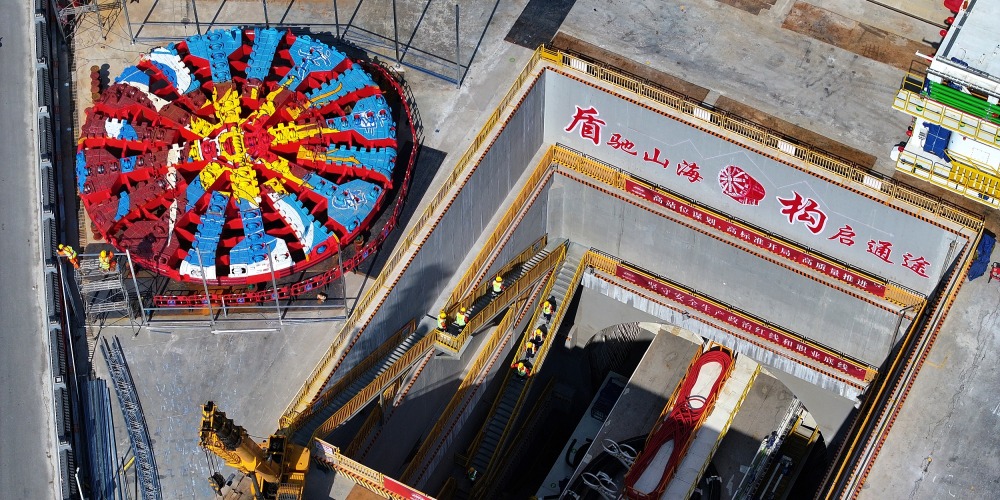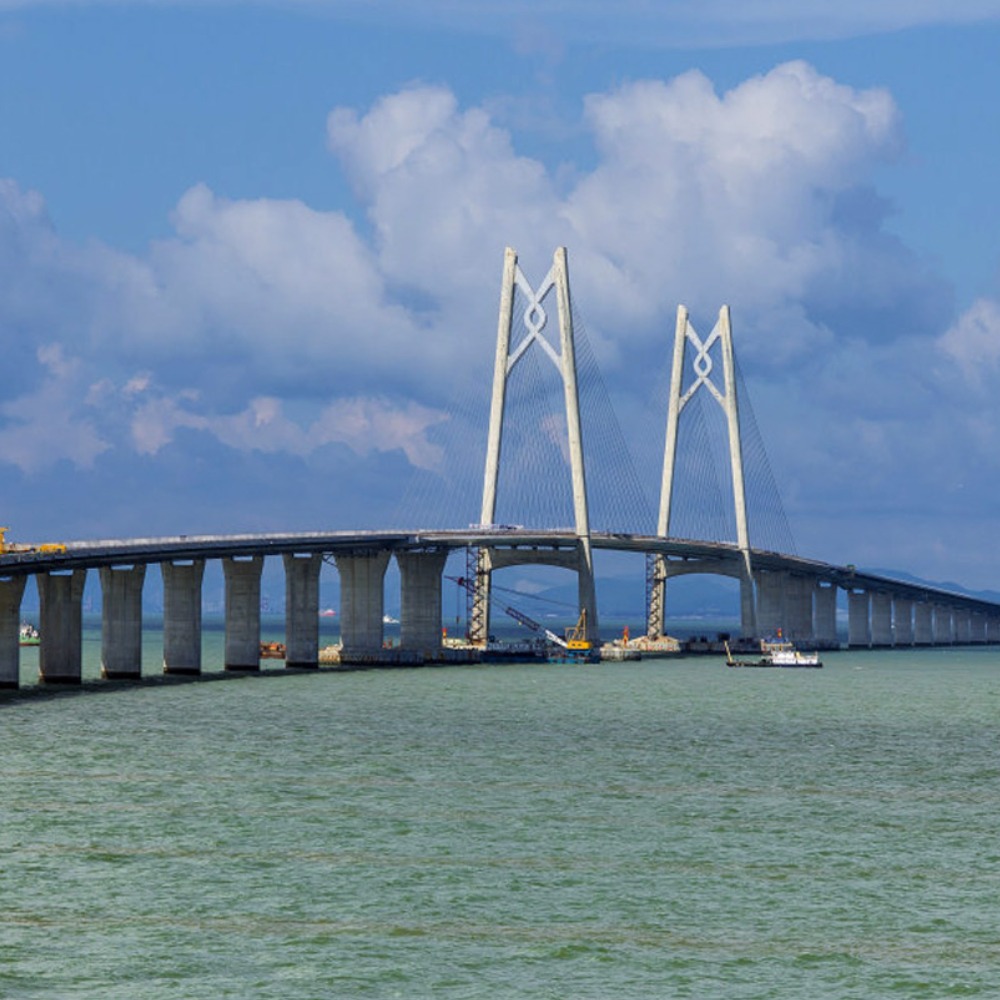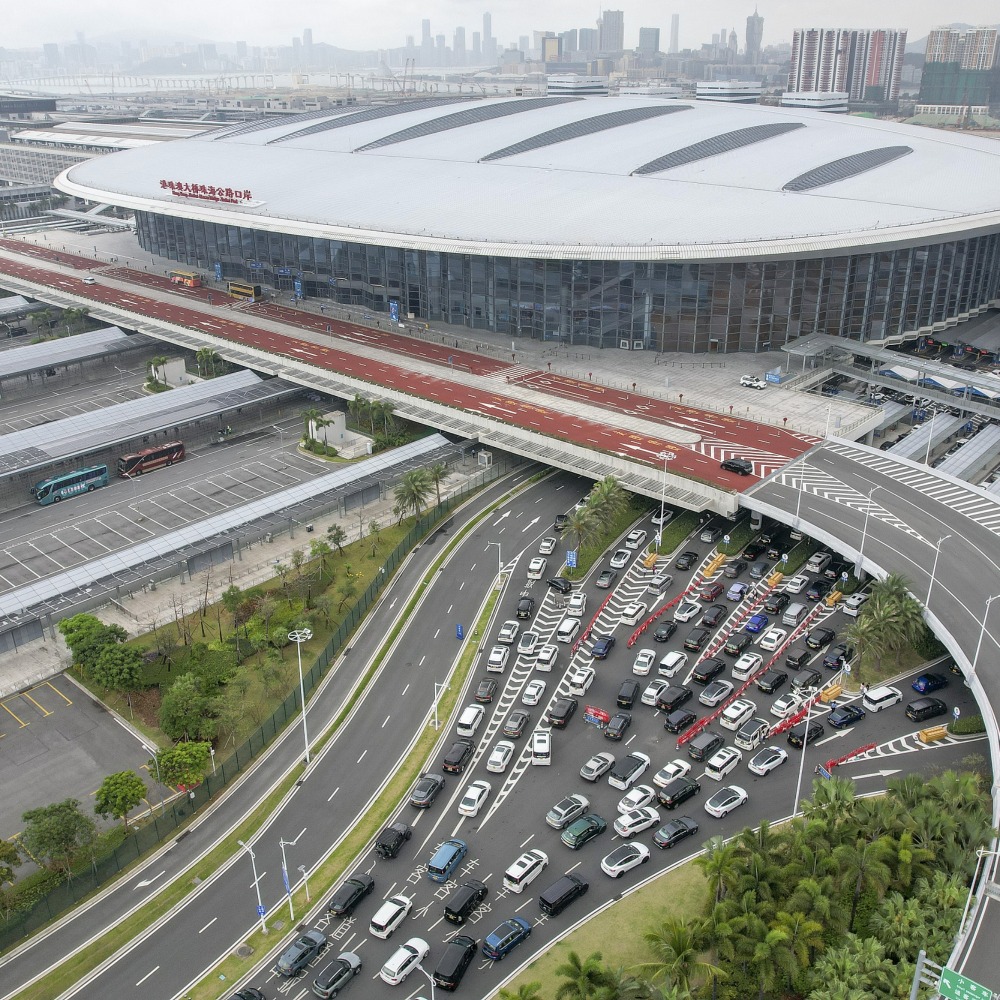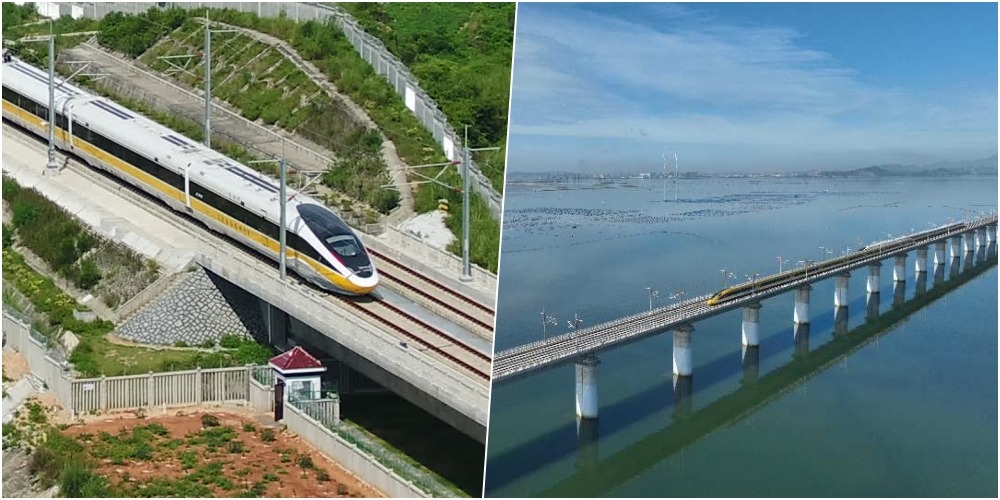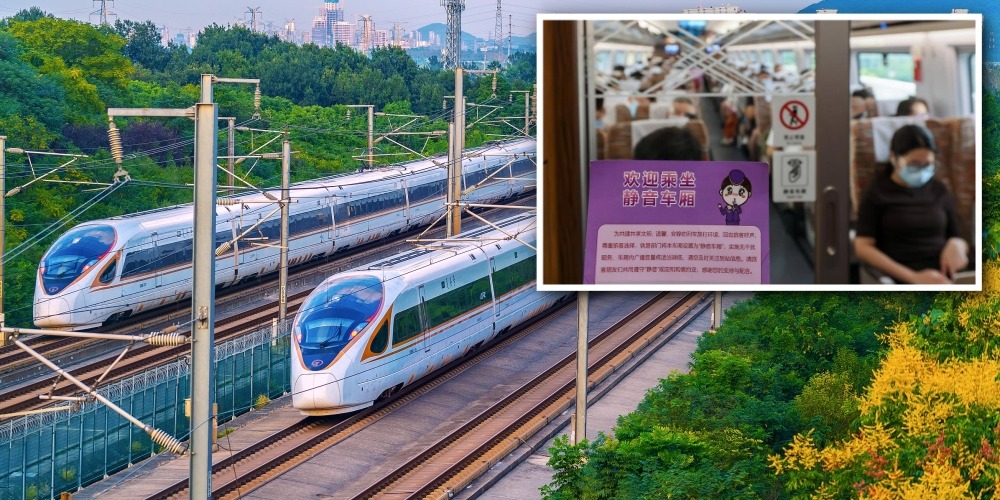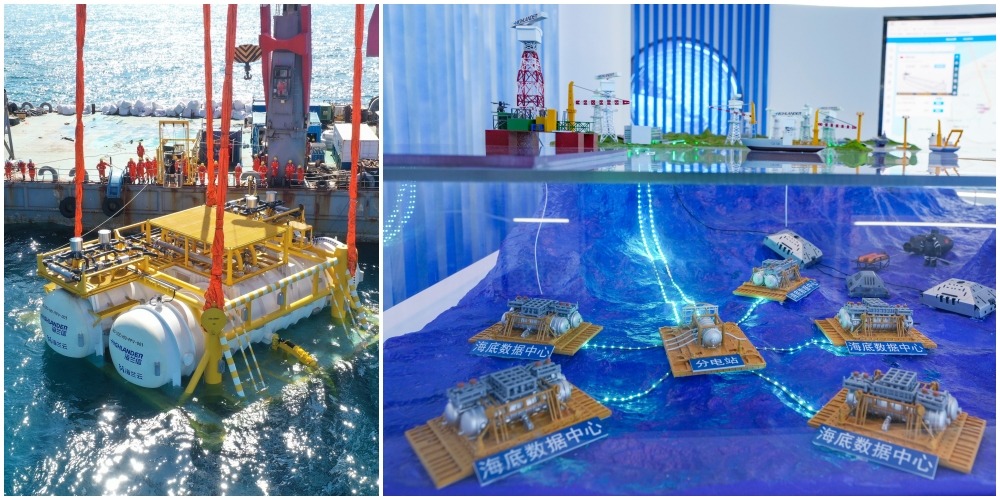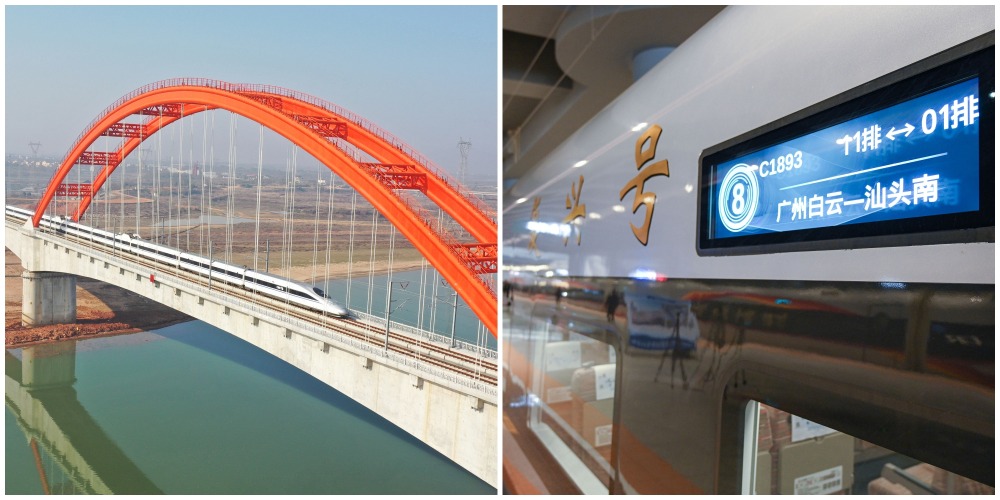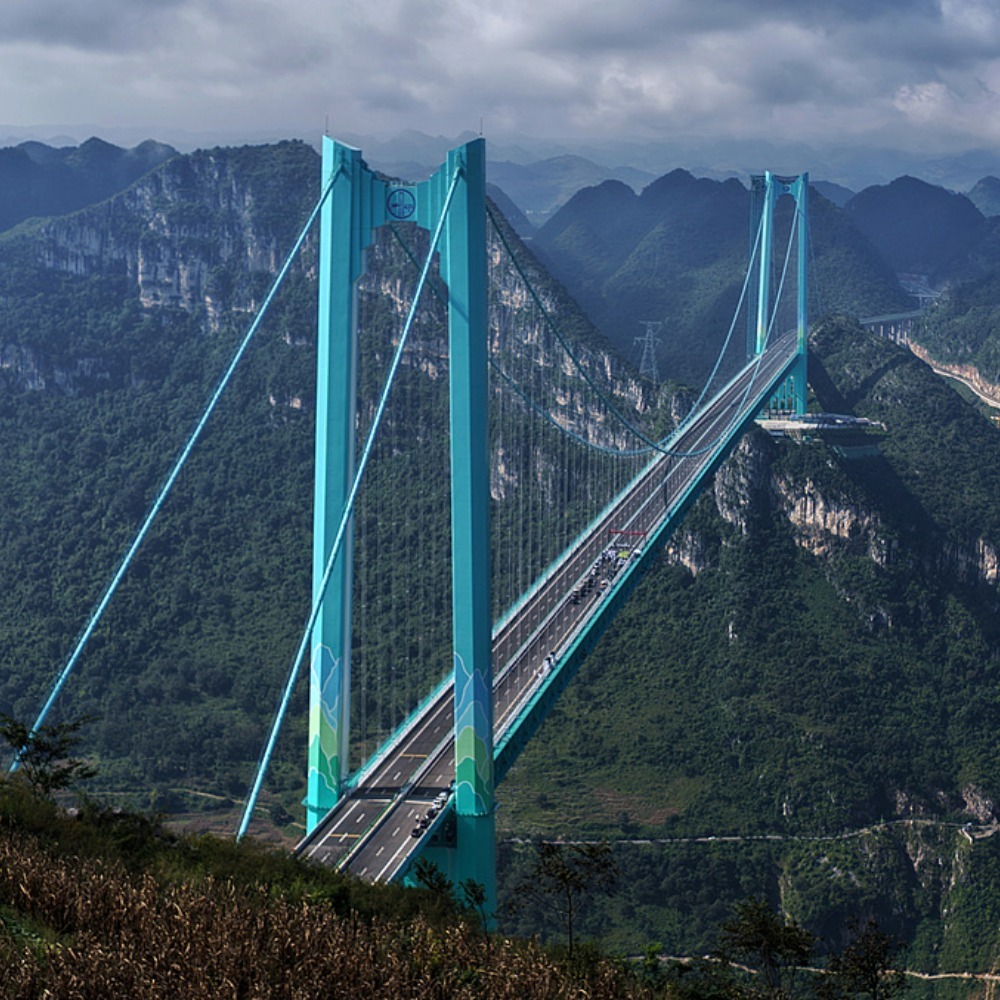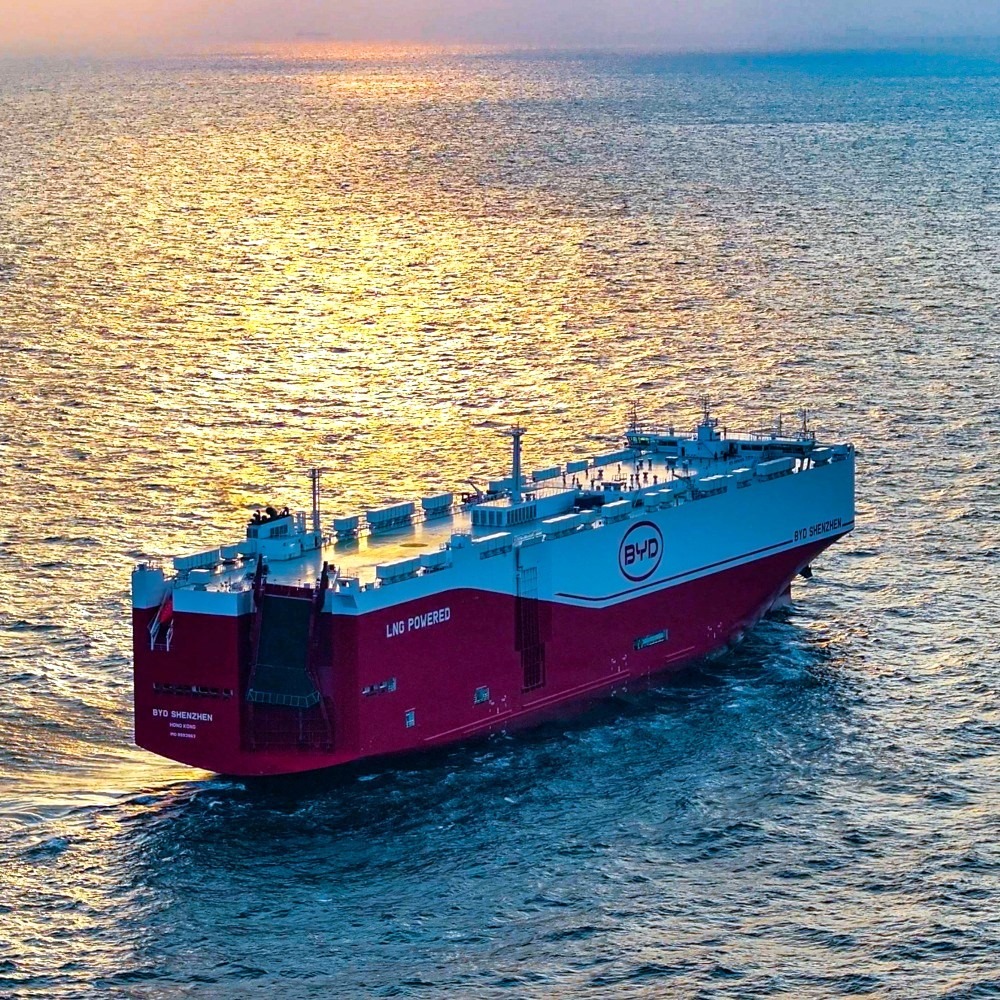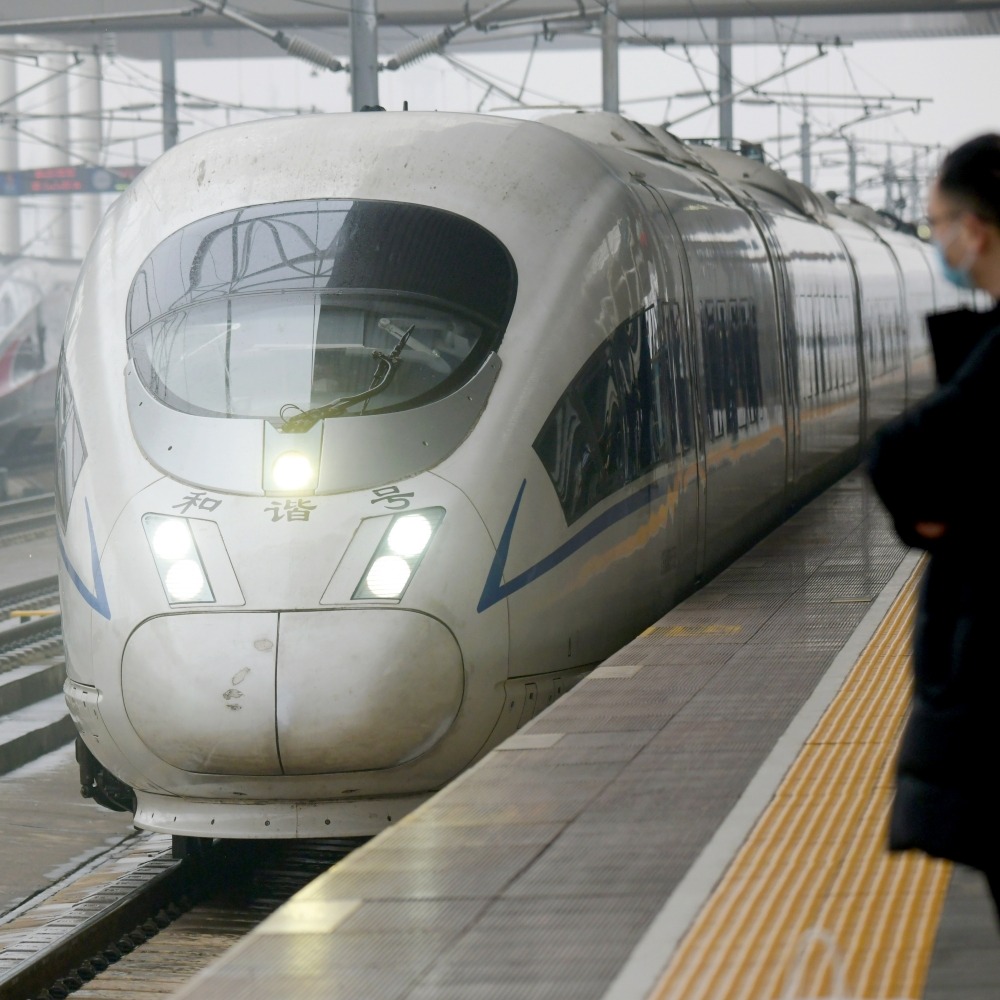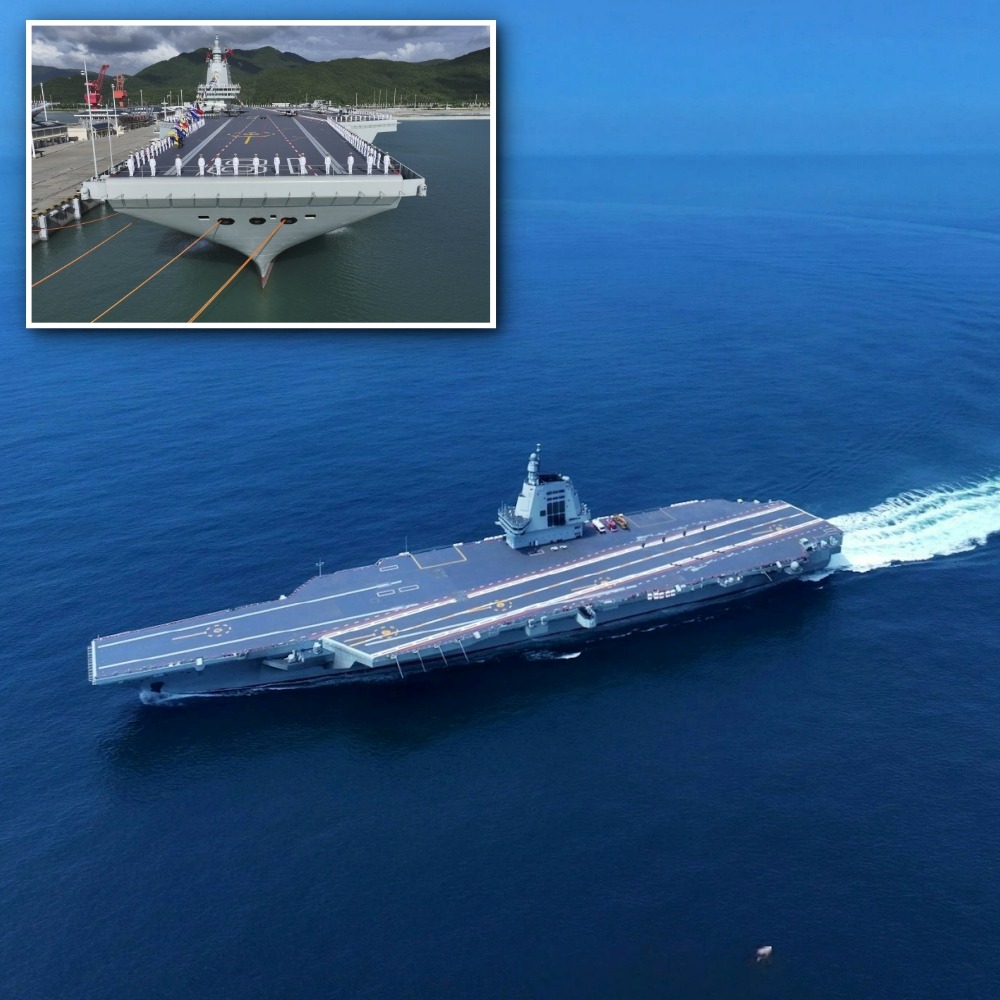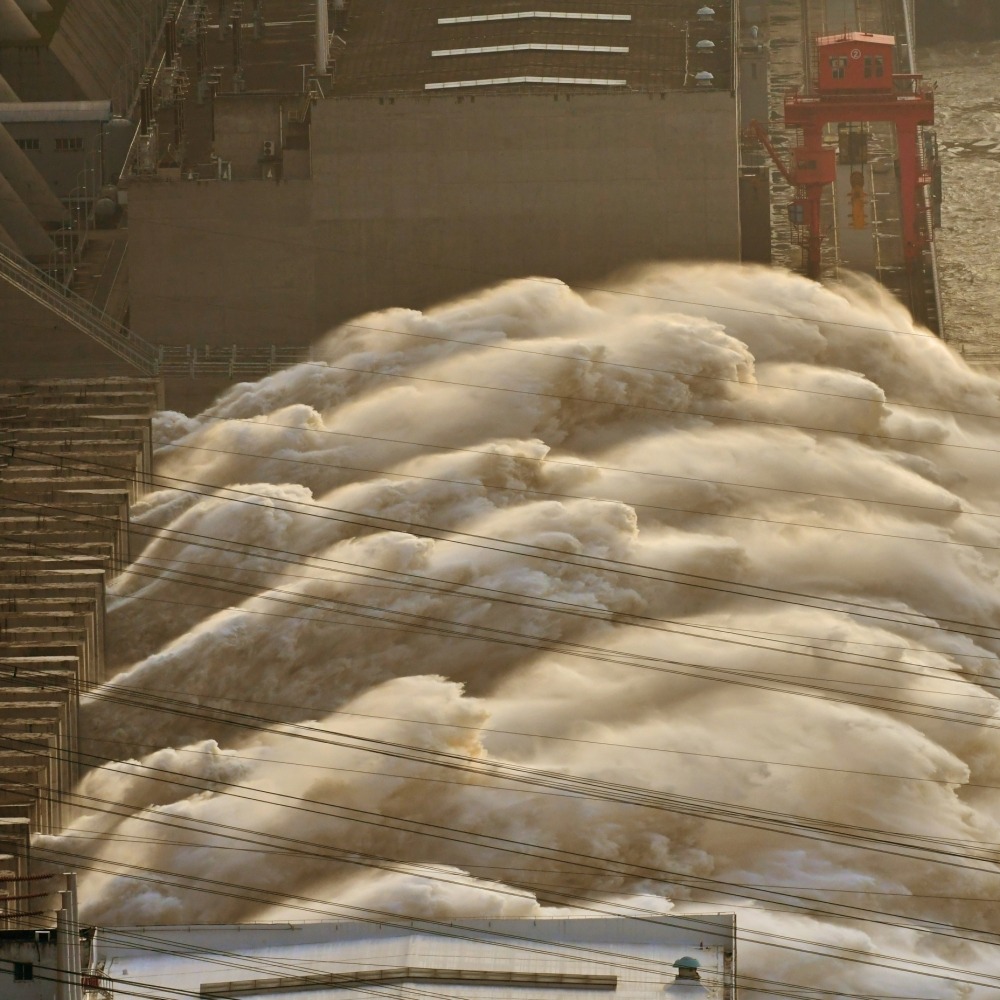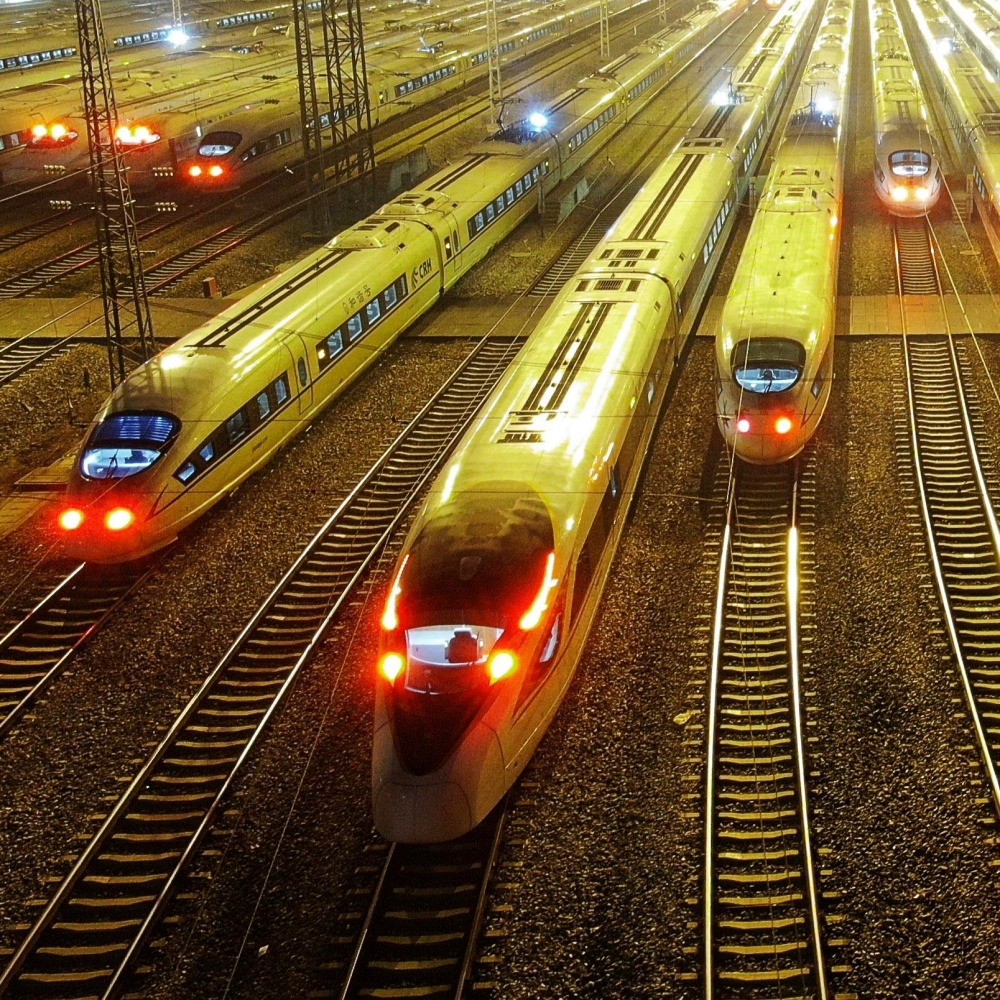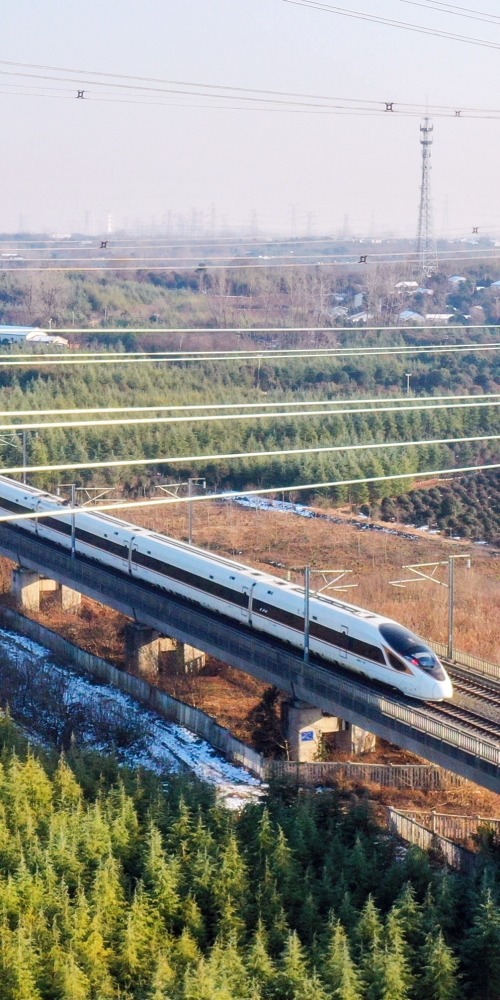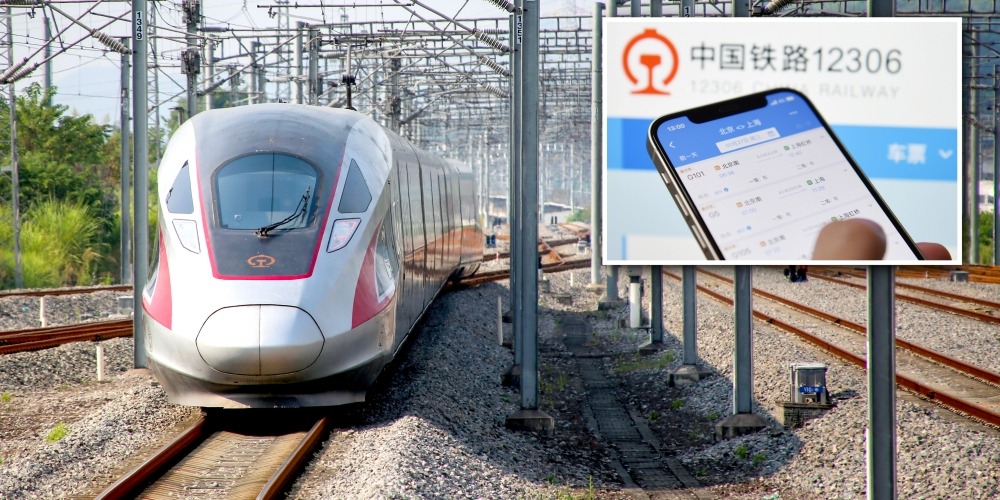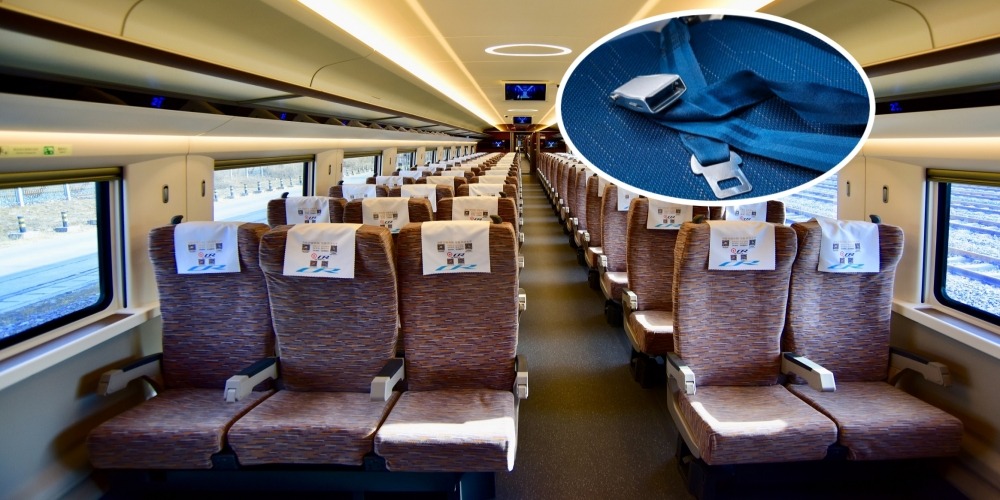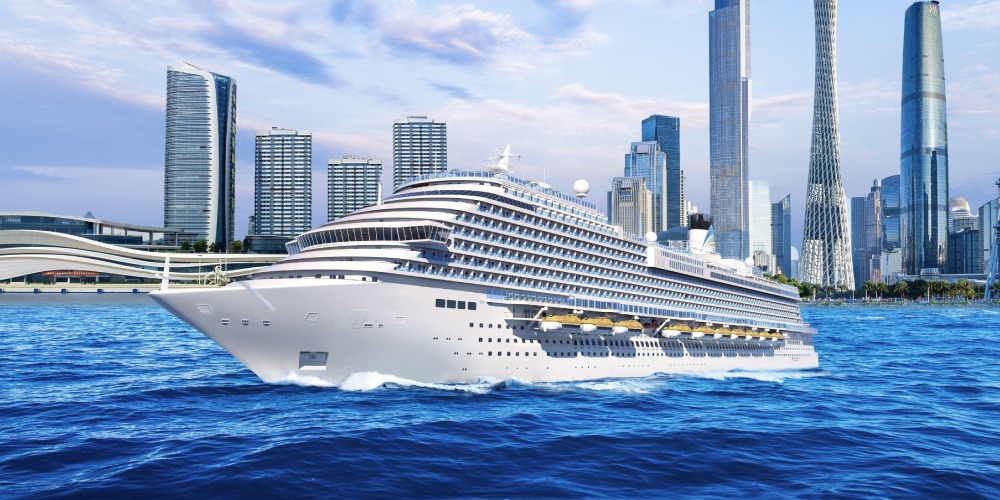Published : 2024-02-25
The Hong Kong-Zhuhai-Macao Bridge, the world-leading cross-sea mega project in the field of bridges, is known as one of the "New Seven Wonders of the World".
In Zhejiang Province, there is a "railway version" of the Hong Kong-Zhuhai-Macao Bridge, known as the Ningbo-Zhoushan Railway. What makes this railway special?? Why is it called the "railway version" of the Hong Kong-Zhuhai-Macao Bridge?
Ningbo-Zhoushan railway's undersea tunnel sets world records
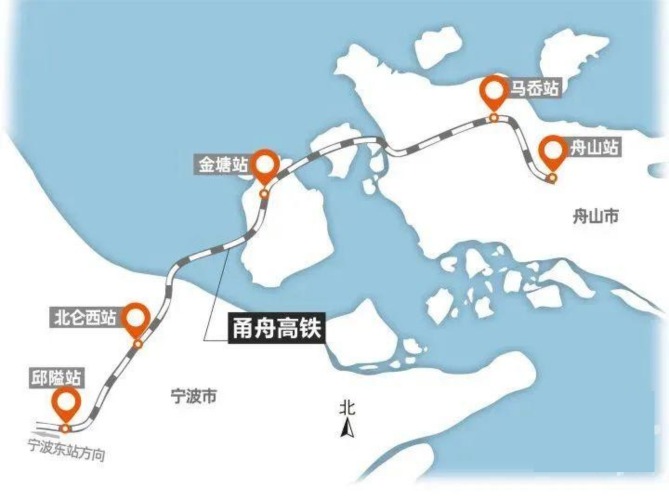
The Ningbo-Zhoushan Railway is a railway in Zhejiang province that links Ningbo and Zhoushan, with a total length of about 77 kilometers and a design for a maximum speed of 250 km/h, expected to be completed and operational in 2028.
Once operational, it will only take 30 minutes from Ningbo to Zhoushan, and 80 minutes from Hangzhou to Zhoushan, marking an end to the history of no trains in the Zhoushan Archipelago.
Why is the Ningbo-Zhoushan Railway referred to as the "railway version" of the Hong Kong-Zhuhai-Macao Bridge? Like the bridge, the main part of Ningbo-Zhoushan Railway's construction also adopts a "bridge + tunnel" combination.
In the Ningbo-Zhoushan Railway, the section from Jintang Island to Zhoushan Island is designed as a special large bridge with a main span of 1,488 meters; while from Ningbo Beilun to Jintang Island, it is designed as an undersea tunnel.
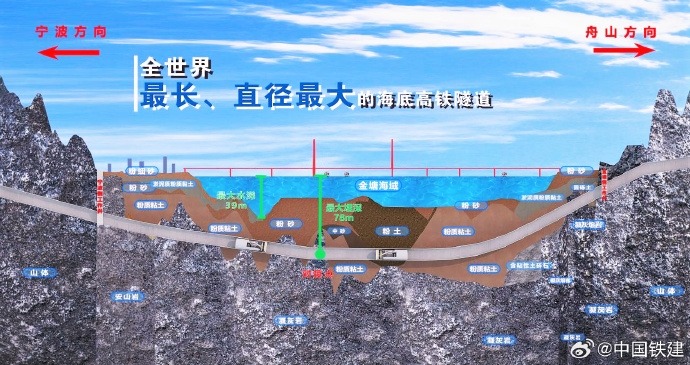
It is worth mentioning that the special large bridge with a main span of 1,488 meters, called the Xihoumen Bridge, will become the broadest bridge project of mixed road and rail traffic in the world.
The 16.2-kilometer-long Jintang undersea tunnel, nearly 10 kilometers longer than the tunnel of the Hong Kong-Zhuhai-Macao Bridge, will be the longest undersea high-speed rail tunnel in the world once completed.
In terms of length only, both the approximately 38 km Channel Tunnel between Britain and France and the approximately 23 km Seikan undersea rail tunnel in Japan are much longer than the Jintang undersea tunnel, but neither of the first two tunnels reaches the high-speed rail standard in top driving speed.
As for constructions currently underway in mainland, like the Shantou Bay undersea tunnel on the Shantou-Shanwei High-speed rail, the Zhanjiang Bay undersea tunnel on the Guangzhou-Zhanjiang High-speed rail, etc., although they are designed with a speed of 350 km/h, which meets the high-speed rail standard, they are all less than 10 kilometers long.
Read more: 350 km/h undersea high-speed rail tunnel of Shanshan Railway
Two large TBMs used for undersea tunnel
While both feature undersea tunnels, the methods of constructing the Hong Kong-Zhuhai-Macao Bridge and the Ningbo-Zhoushan Railway are not the same. The former is an immersed tube highway tunnel, while the latter is a railway shield tunnel.
The construction method of an immersed tube tunnel involves sinking pre-made tubes into the sea and joining them together underwater. A shield tunnel, or bore tunnel, is constructed using a tunnel boring machine (TBM) to bore through the soil layer and rocks beneath the seabed.
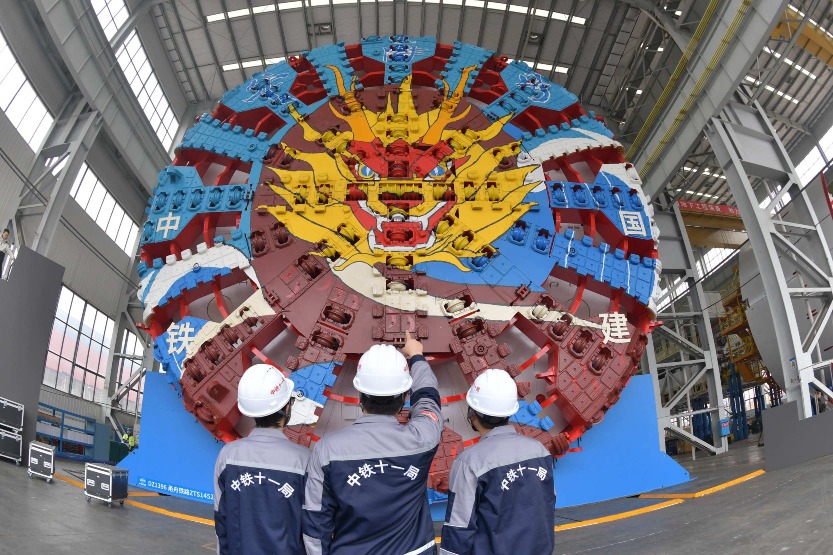
The super-large-diameter TBM, named Dinghai will be used to construct the Jintang undersea tunnel of the Ningbo-Zhoushan Railway. This TBM has a maximum excavation diameter of 14.57 meters and a total weight of 4,350 tons. It was unveiled in Changsha on January 10, 2024.
The tunnel project plans to use two super-large-diameter shield machines, respectively from Ningbo and Zhoushan, to dig towards each other. The eventual precise docking under the sea is expected to be achieved with no more than 20 millimeters of error.
This tunnel is the first in the history of construction with super-large-diameter shields in China, where two cutterheads contact each other and the machine is disassembled in situ using an innovative construction method.
Read more: European version of 'Hong Kong-Zhuhai-Macao Bridge'
Read more: Shenzhen-Zhongshan Tunnel to be completed in 2024
